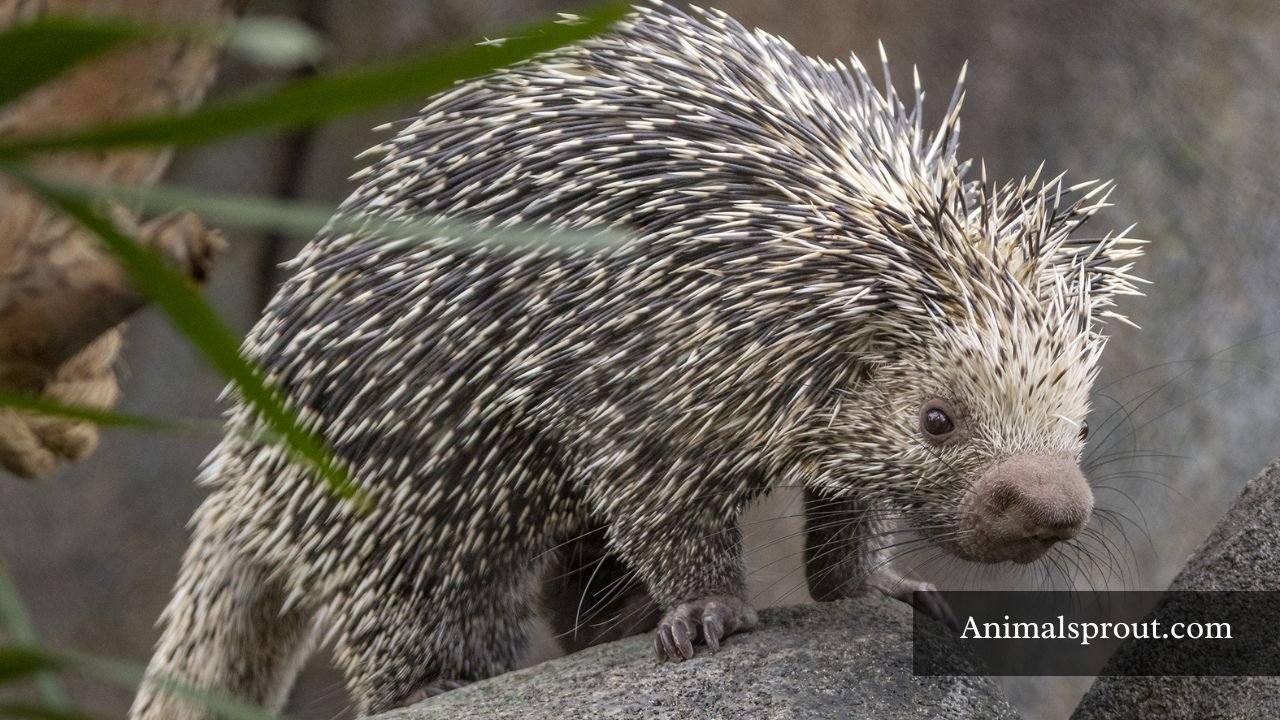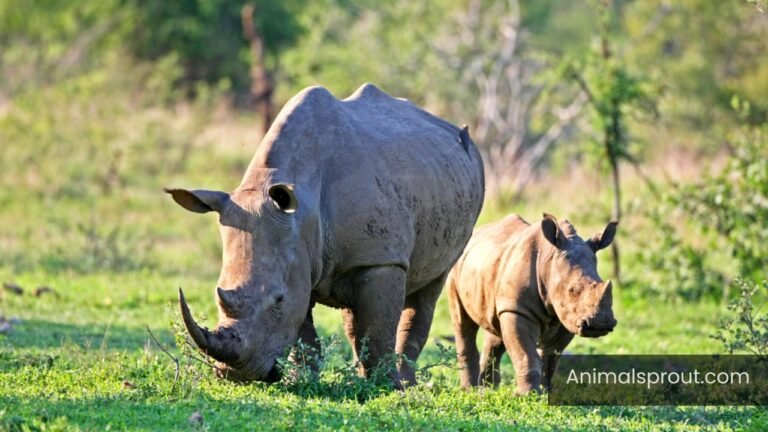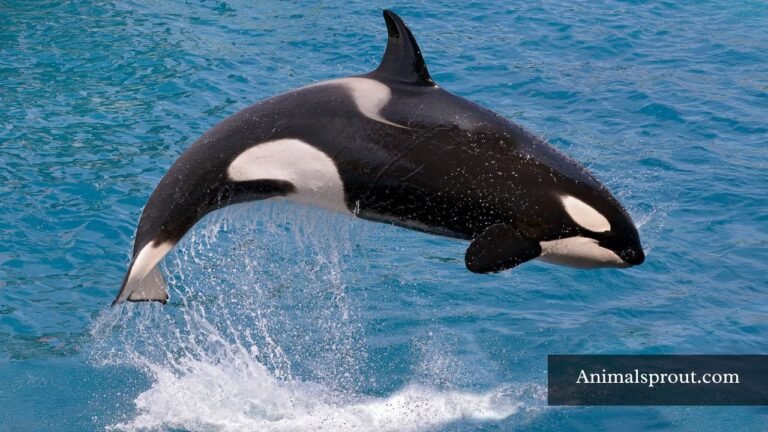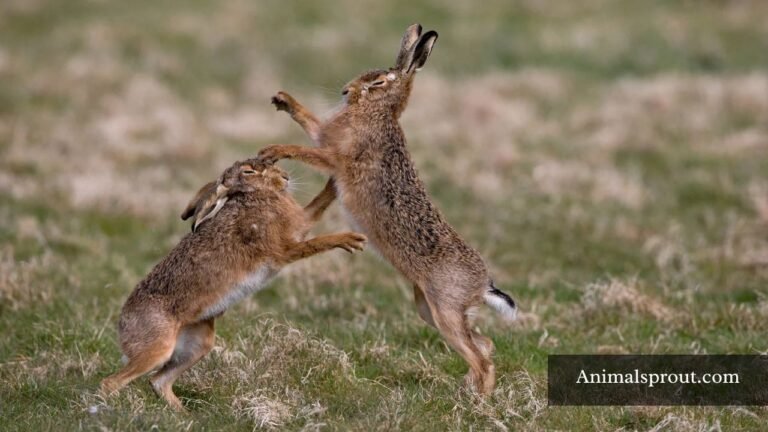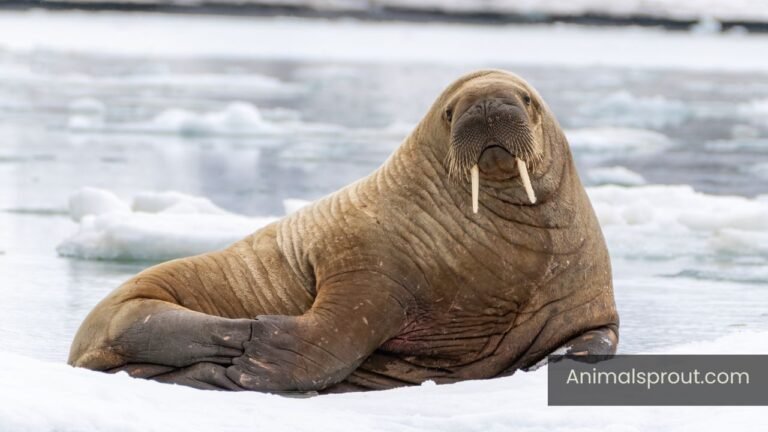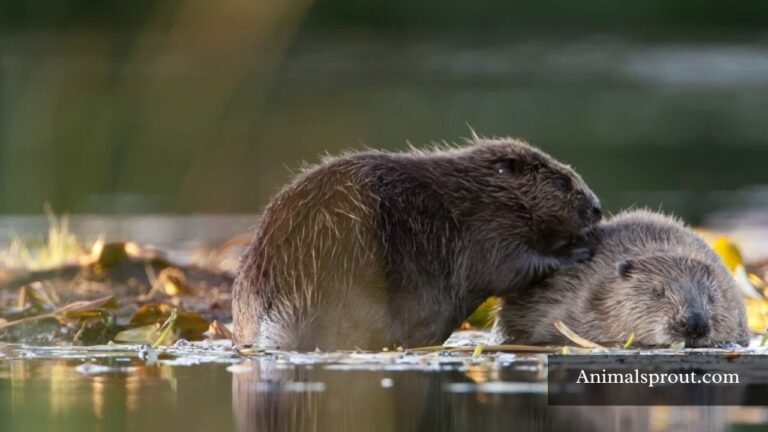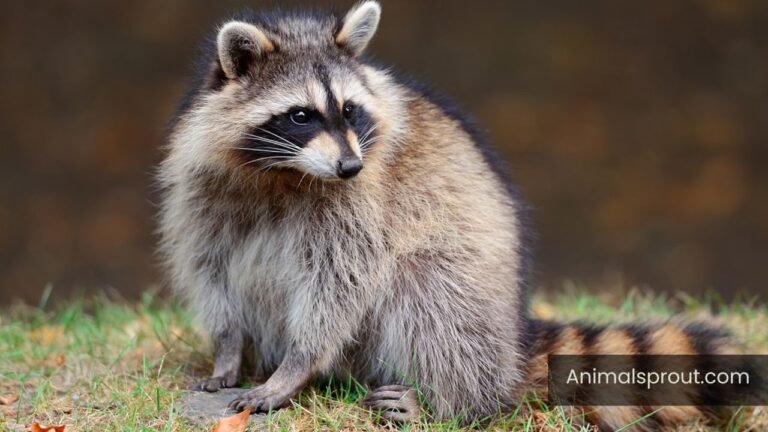Top 12 Animals Like Porcupines In The World (With Images)
Animals like porcupines in the world showcase a fascinating array of adaptations that help them survive against predators. Understanding these remarkable animals not only broadens our appreciation for biodiversity but also highlights the intricate balance of ecosystems. In this article, we will explore various species that share similar traits with porcupines, revealing their survival strategies and the important roles they play in nature.
List of Animals Like Porcupines In The World
Below is the list of animals that are like porcupines:
| Number of animals | Names of animals like Porcupines |
| 1 | Hedgehogs |
| 2 | Muskrats |
| 3 | Sea Urchin |
| 4 | Raccoon |
| 5 | Puffer Fish |
| 6 | Echidna |
| 7 | Armadillos |
| 8 | Tenrecs |
| 9 | Long-Spine Porcupine Fish |
| 10 | Opossums |
| 11 | Stink Badgers |
| 12 | Armored Rat |
Hedgehogs
Class: Mammalia
Hedgehogs, often regarded as the pint-sized cousins of porcupines, bring their own unique charm to the world of spiny mammals. Unlike their larger relatives, hedgehogs have a delightful quirkiness that endears them to many. Their small, round bodies are covered with a coat of stiff spines, which serve not just as a defense mechanism but also as a fascinating adaptation for survival. When threatened, these little creatures can curl into a tight ball, showcasing an impressive display of their prickly armor — a behavior that’s both a defensive tactic and a whimsical sight.
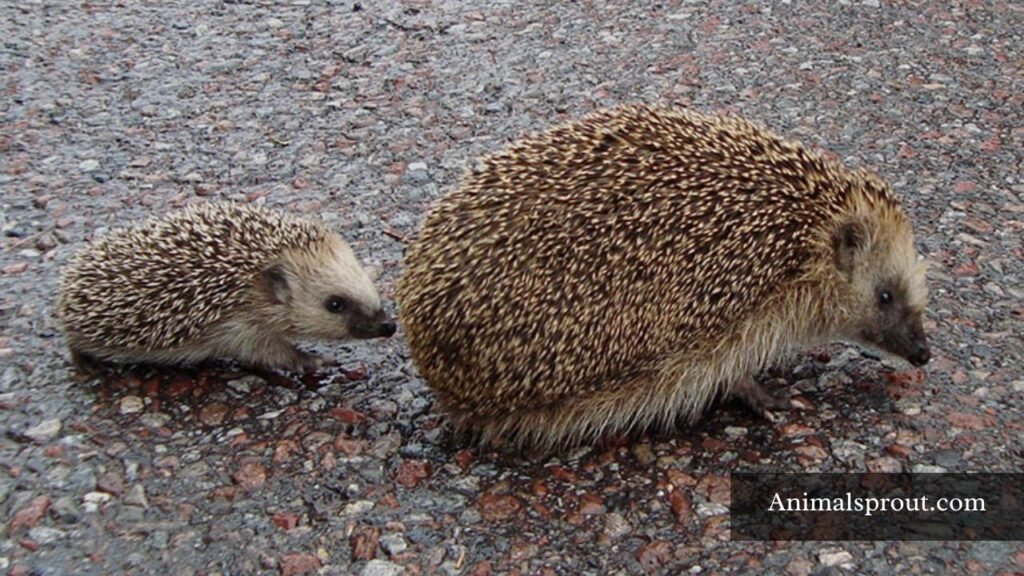
Beyond their spiky exterior, hedgehogs possess an intriguing lifestyle that sets them apart from other nocturnal animals. They are solitary foragers, often seen snuffling through gardens at night in search of insects and small invertebrates. This diet not only makes them essential for pest control but also highlights their role in maintaining ecological balance. Hedgehogs have been known to enjoy the occasional indulgence in fruit or even cat food left out by well-meaning humans, showcasing their adaptability in urban environments.
Muskrats
Scientific Name: Ondatra zibethicus
Class: Mammalia
Muskrats, often overshadowed by their more famous rodent relatives like beavers and porcupines, are fascinating creatures that play a crucial role in their ecosystems. These semi-aquatic mammals are adept at transforming their environments; they create intricate burrow systems and can build impressive lodges using reeds and mud. By doing so, muskrats not only provide shelter for themselves but also offer habitat for various other species, enhancing biodiversity in wetland areas.
What sets muskrats apart is their unique adaptation to both land and water. Their flattened tails and webbed hind feet make them exceptional swimmers, allowing them to forage efficiently for aquatic plants and crustaceans. While they might not have the quills of a porcupine, muskrats possess a robust set of teeth designed for gnawing through tough vegetation. This dietary habit not only aids in their survival but also contributes to the health of their wetland habitats by controlling plant overgrowth.
Sea Urchin
Scientific Name: Echinus esculentus
Class: Echinoidea
Sea urchins, much like their prickly land counterpart, the porcupine, possess a fascinating array of defensive adaptations that intrigue both scientists and casual observers alike. These spiny echinoderms, often found nestled among coral reefs or rocky shorelines, are equipped with a hard, globular shell covered in sharp spines that serve multiple purposes. Beyond protection from predators, these spines can also play a role in locomotion and camouflage, blending seamlessly into their surroundings while warding off unwelcome guests.
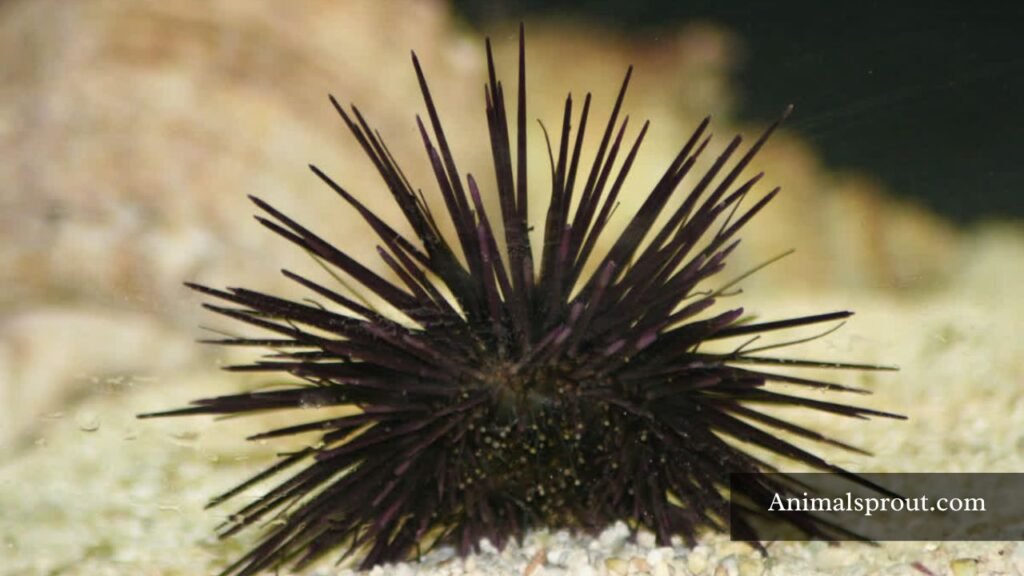
What’s particularly captivating about sea urchins is their unique feeding strategy. With a mouth located on the underside of their body, they employ specialized teeth — often referred to as “Aristotle’s lantern” — to scrape algae and other organic material from the ocean floor. This dietary habit not only highlights their role in maintaining healthy marine ecosystems by controlling algal growth but also showcases an evolutionary adaptation that mirrors the resourcefulness seen in porcupines foraging for food amidst dense foliage. As both creatures navigate their environments armed with formidable defenses and clever feeding techniques, they remind us of the diverse strategies life has developed to thrive in a variety of habitats.
Raccoon
Scientific Name: Procyon lotor
Class: Mammalia
Raccoons are fascinating creatures that often challenge our perceptions of wildlife. With their masked faces and dexterous front paws, they embody a blend of curiosity and cunning that is hard to resist. Unlike the solitary porcupine, raccoons are social animals, often found in family groups or foraging together in urban environments. This adaptability allows them to thrive in diverse habitats, from wooded areas to bustling cities, showcasing their remarkable resilience.
One of the most intriguing aspects of raccoons is their intelligence. Known for their problem-solving skills, these animals can open jars, unlock cages, and navigate complex obstacles with ease. This ingenuity not only aids in their survival but also makes them a source of fascination for researchers studying animal behavior. Moreover, raccoons exhibit a unique approach to exploration; they use their sensitive front paws to manipulate objects, almost as if they’re conducting a tactile investigation of the world around them. This ability, combined with their keen sense of sight and hearing, positions raccoons as resourceful scavengers, capable of thriving in environments where food is scarce.
Puffer Fish
Class: Actinopterygii
Puffer fish, much like porcupines, wield a unique defense mechanism that captures the imagination of both scientists and enthusiasts alike. While porcupines rely on their quills to deter predators, puffer fish employ a remarkable ability to inflate themselves into a spiny ball, presenting an intimidating figure. This inflation is not just a bluff; it serves as a physical barrier that can make it difficult for predators to consume them. Their skin is also laden with tetrodotoxin, a potent neurotoxin that makes them highly unpalatable, adding another layer of protection that few creatures dare to challenge.
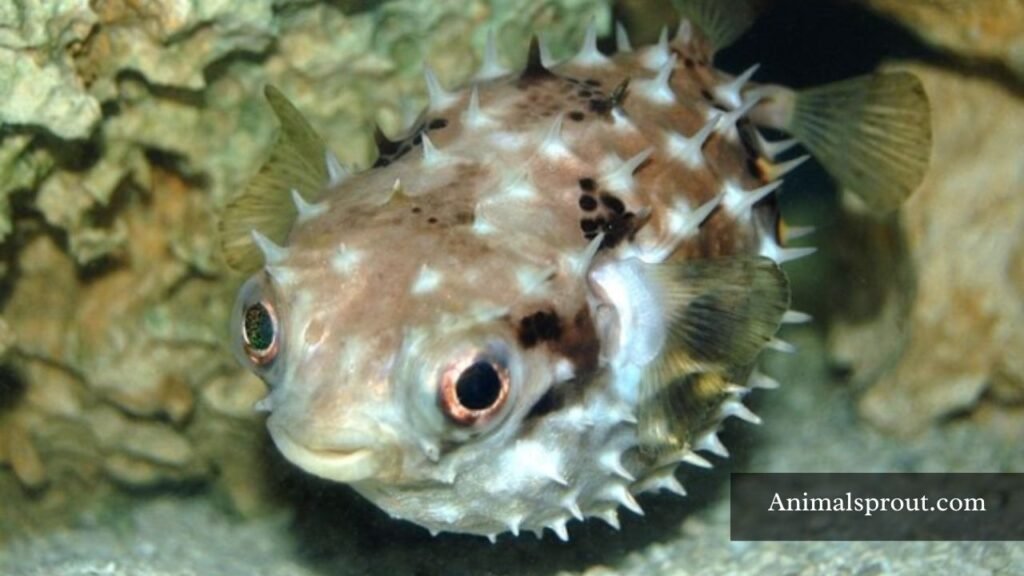
Interestingly, both animals demonstrate how evolution shapes survival strategies in the wild. Puffer fish possess a fascinating ability to taste the water around them, allowing them to detect changes in their environment and potential threats long before they become imminent. This heightened awareness parallels the porcupine’s sharp senses and keen instincts, showcasing how adaptability is crucial for survival.
Echidna
Scientific Name: Tachyglossus aculeatus
Class: Mammalia
Echidnas are fascinating creatures that embody a unique blend of traits found in mammals and reptiles. As monotremes — egg-laying mammals — they defy conventional classifications, showcasing a remarkable evolutionary path. Their spiky exterior, reminiscent of a porcupine’s quills, serves as a formidable defense mechanism against predators, but it’s their remarkable adaptability that truly sets them apart. Equipped with a long snout and a specialized tongue, echidnas feast on ants and termites, demonstrating an extraordinary feeding strategy that highlights their niche in the ecosystem.
What makes echidnas even more intriguing is their behavior during mating season. Male echidnas engage in a ritualistic display known as “the train,” where several males follow a single female, creating a captivating spectacle of competition and courtship. This behavior not only showcases their social dynamics but also raises questions about mating strategies in solitary animals. Echidnas possess an extraordinary ability to regulate their body temperature, an adaptation that allows them to thrive in various climates — from the chilly highlands of Australia to arid deserts.
Armadillos
Scientific Name: Dasypus novemcinctus
Class: Mammalia
Armadillos, often overshadowed by their more famous relatives like porcupines, are fascinating creatures that offer a unique glimpse into the diversity of mammalian adaptations. With their leathery armor and distinct shell, armadillos are equipped for survival in a range of habitats, from grasslands to forests. Unlike the quills of porcupines, which can be a formidable defense mechanism, an armadillo’s primary line of defense is its ability to curl into a ball, creating an impenetrable barrier against predators. This behavior not only showcases their remarkable physical adaptation but also highlights the evolutionary strategies that different species employ to thrive in their environments.
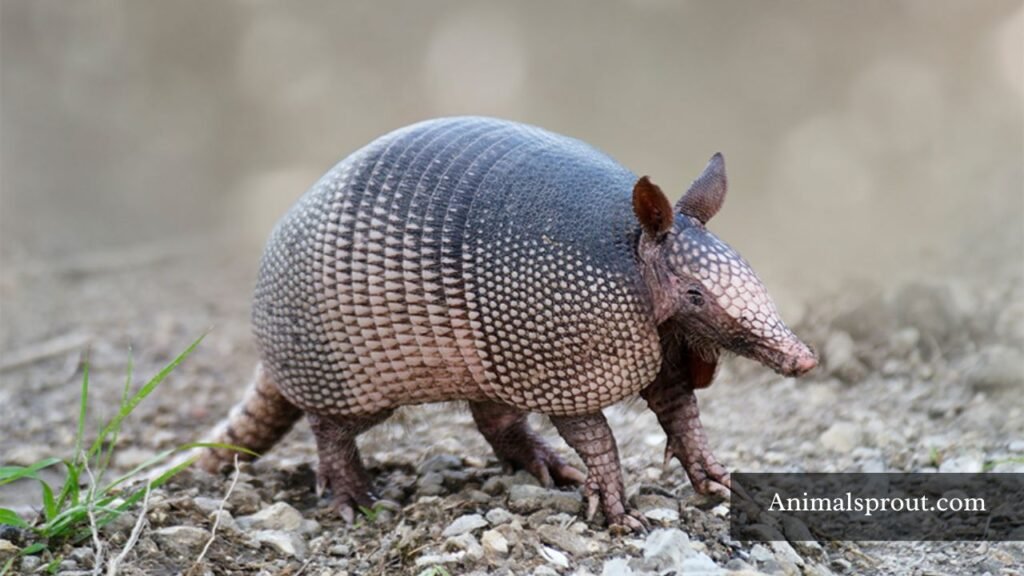
Armadillos possess a surprisingly intricate social structure and behavior that remains largely unexplored. While they are generally solitary animals, some species exhibit fascinating maternal bonds, with mothers fiercely protective of their young. Their foraging habits also set them apart; armadillos are skilled diggers, using their sharp claws to unearth insects and larvae from the ground. This ecological role is crucial as they help control insect populations, contributing to the health of their ecosystems.
Tenrecs
Scientific Name: Tenrec ecaudatus
Class: Mammalia
Tenrecs, often considered the quirky cousins of porcupines, present a fascinating glimpse into the diversity of mammalian evolution. Native to Madagascar and parts of mainland Africa, these small, spiny creatures display an astonishing range of adaptations that challenge our conventional understanding of mammal morphology. Unlike porcupines, whose quills serve as a primary defense mechanism, tenrecs utilize a mix of spines and fur, showcasing a unique blend of protective strategies. Their varied habitats — from rainforests to dry regions — have shaped their evolution, leading to a remarkable variety of species, each finely tuned to its environment.
One of the most captivating aspects of tenrecs is their social structure and behavior. While porcupines tend to be solitary, many tenrec species exhibit intriguing social dynamics. For instance, the African hedgehog-like tenrec thrives in family groups, engaging in complex social interactions that include vocalizations and grooming rituals. This communal lifestyle adds an unexpected layer of depth to their ecological role, as they help disperse seeds and maintain the health of their ecosystems.
Long-Spine Porcupine Fish
Class: Actinopterygii
The Long-Spine Porcupine Fish, known scientifically as “Diodon holocanthus”, is a fascinating marine creature that embodies both beauty and defensive prowess. Residing in tropical waters, this fish is renowned for its ability to inflate its body, transforming from a relatively unassuming fish into a spiky sphere when threatened. This remarkable adaptation not only deters predators but also serves as a vivid reminder of nature’s ingenuity in survival tactics. The intricate patterns on its skin, combined with those formidable spines, create a striking visual that captivates divers and marine enthusiasts alike.
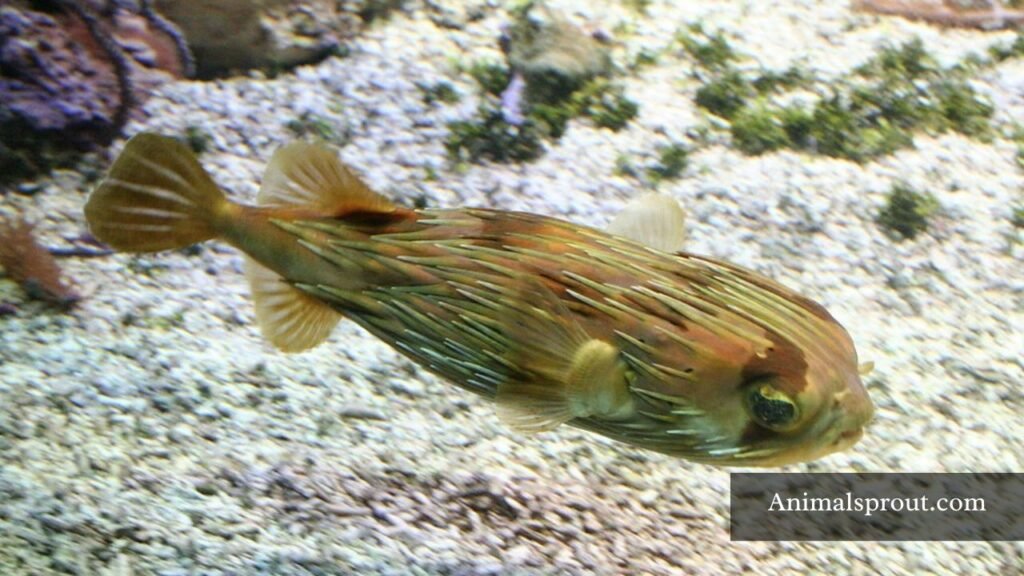
What sets the Long-Spine Porcupine Fish apart from its terrestrial namesake is its dual role as both predator and prey. While its inflated form keeps larger fish at bay, it actively hunts smaller crustaceans and mollusks using its beak-like teeth to crack open shells. This unique dietary habit highlights the balance of ecosystems, where even the most unassuming creatures play crucial roles in their environments.
Opossums
Scientific Name: Didelphis virginiana
Class: Mammalia
Opossums, often misunderstood and dismissed as mere pests, are fascinating creatures that play a vital role in our ecosystems. Unlike the quills of a porcupine, which serve as a defense mechanism, opossums have a unique survival strategy: they “play dead.” This dramatic act of feigning death is not just a quirky behavior; it can deter predators who are looking for a fresh meal. By entering a state of shock and emitting a foul odor, they cleverly avoid becoming someone else’s dinner, showcasing an extraordinary adaptation to their environment.
Moreover, opossums are nature’s clean-up crew, consuming vast amounts of pests like ticks, cockroaches, and even small rodents. A single opossum can eat thousands of ticks in one season, significantly reducing the risk of Lyme disease in their habitats. Their low body temperature makes them resistant to rabies, debunking the myth that they are a threat to human health.
Stink Badgers
Scientific Name: Mydaus javanensis
Class: Mammalia
Found primarily in Southeast Asia, these nocturnal mammals are equipped with a unique defense mechanism: a potent spray of foul-smelling fluid that can deter even the most persistent predators. This ability not only helps them survive but also adds an intriguing layer to their behavior and ecology. Stink badgers are known to exhibit social behaviors, sometimes living in small family groups, which can lead to cooperative foraging strategies and shared vigilance against threats.
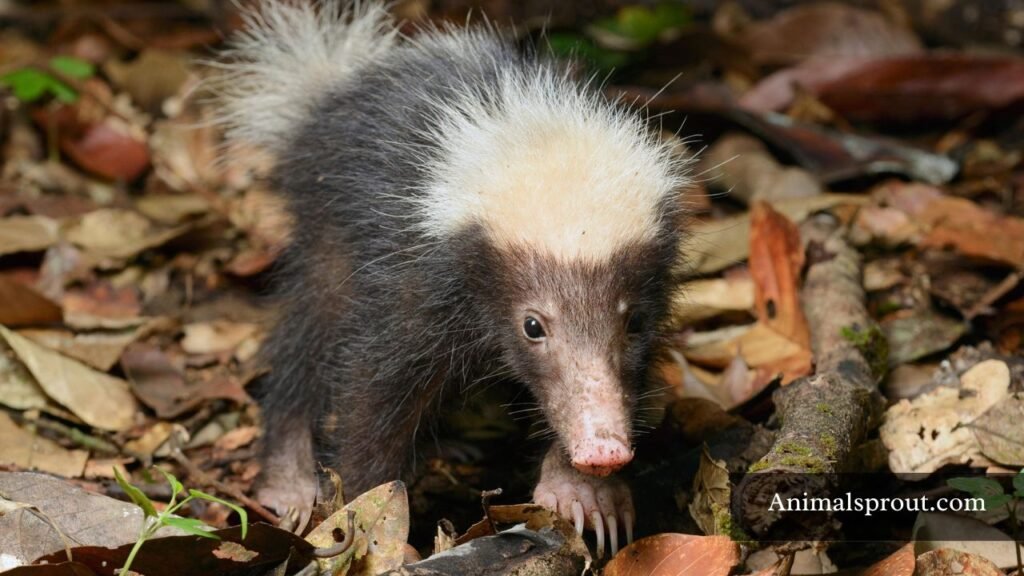
Their appearance is equally captivating; with elongated bodies and short legs, they resemble a blend of a badger and a weasel. This unique morphology allows them to navigate through dense underbrush and rocky terrains with ease. Stink badgers have a remarkable sense of smell that plays a vital role in their foraging habits. They primarily feed on insects, small mammals, and carrion, using their keen olfactory senses to locate food sources buried beneath the forest floor. As they dig and explore, these creatures inadvertently aerate the soil, contributing to the health of their ecosystems — a reminder that even the most malodorous animals can play crucial roles in maintaining environmental balance.
Armored Rat
Scientific Name: Hoplomys gymnurus
Class: Mammalia
The armored rat, often overshadowed by its more famous relatives like the porcupine, is a remarkable testament to nature’s ingenuity in defense mechanisms. With its tough, scaled skin reminiscent of armor plating, this rodent has evolved to thrive in environments where predators abound. Unlike porcupines, which rely on quills for protection, the armored rat employs a unique combination of speed and agility, darting away from threats with surprising quickness. This adaptability not only aids in survival but also highlights the diverse strategies animals utilize to evade danger.
Armored Rat showcases an intriguing social structure that offers insight into the complexities of rodent behavior. These creatures are known for their communal living arrangements, where they establish intricate burrow systems that can house multiple families. This cooperative lifestyle not only fosters social bonds but also enhances their survival rates against predators.
Related article: Explore Top 12 Animals Like Weasels.
Final Thoughts
The world is home to various animals that exhibit traits akin to those of porcupines, each with their own evolutionary story. Creatures such as the quill-covered echidna and the prickly hedgehog demonstrate that nature often takes similar approaches to survival across different species. The unique adaptations of these animals not only serve as a reminder of the diversity within the animal kingdom but also highlight the interconnectedness of ecosystems. Let us take action today to protect these fascinating beings and ensure their continued existence for future generations.
FAQs
What animals look like porcupines?
Several animals resemble porcupines in appearance. Some of these include echidnas, hedgehogs, and tenrecs.
What animal is similar to a porcupine?
The echidna is a fascinating animal that shares some similarities with the porcupine, mainly in their protective adaptations. Both creatures have spines or quills that serve as a defense mechanism against predators. While porcupines have sharp quills that can detach and embed in attackers, echidnas have spines that are more rigid and provide a formidable barrier when they curl into a ball. Both animals are primarily nocturnal and enjoy a diet that includes insects. Porcupines tend to munch on leaves, bark, and fruits, while echidnas primarily feast on ants and termites.

